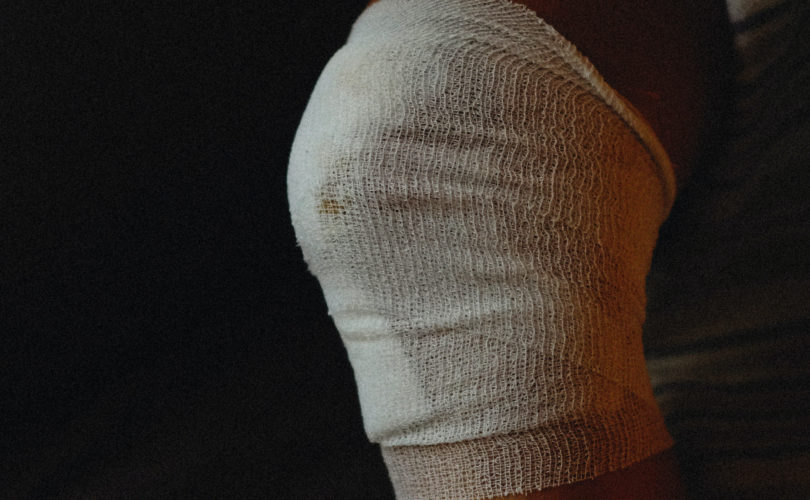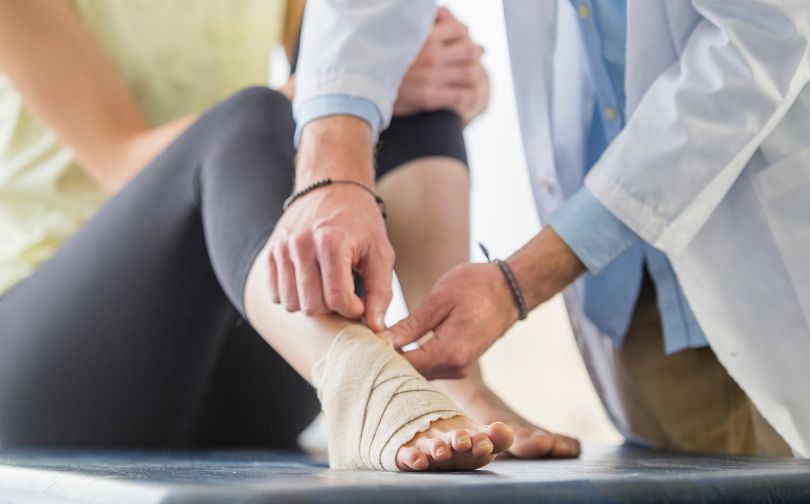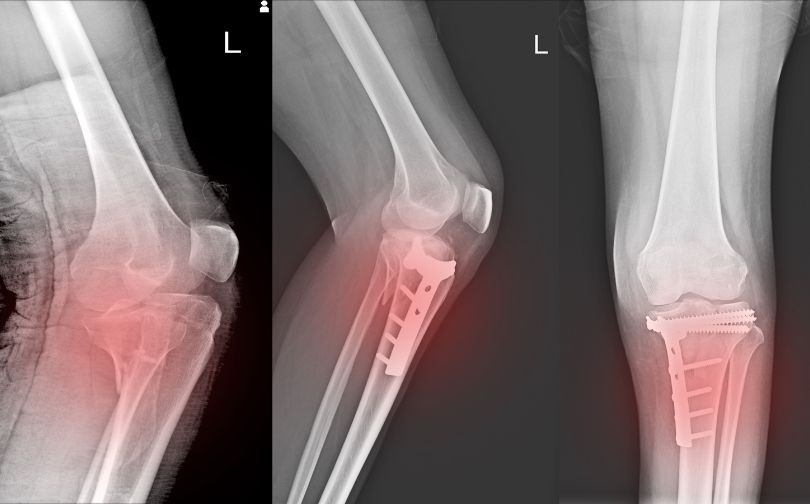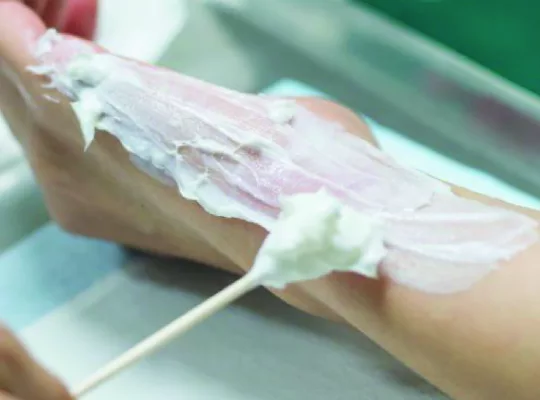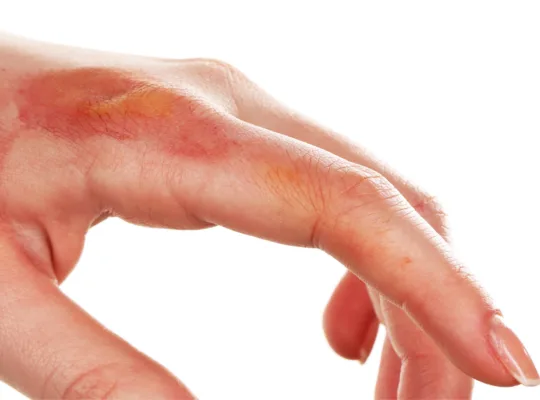Using a triangular bandage may seem straightforward, but without proper guidance, it can lead to ineffective wound care or discomfort for the patient. Whether you’re managing an injury in the wilderness or providing first aid at home, the versatility of a triangular bandage is undeniable, yet it often goes underutilized.
Many people struggle with securing the bandage correctly, which can compromise the support it offers for different injuries. This can be particularly problematic when dealing with arm or head injuries, where stability is key.
Did you know that triangular bandages have been a staple in first aid kits for centuries? Their ability to create slings, compress wounds, or support broken bones makes them indispensable.
In this guide, you’ll learn how to use this simple yet vital tool effectively, ensuring that it provides the support and care needed in any emergency situation.
What Is a Triangular Bandage?
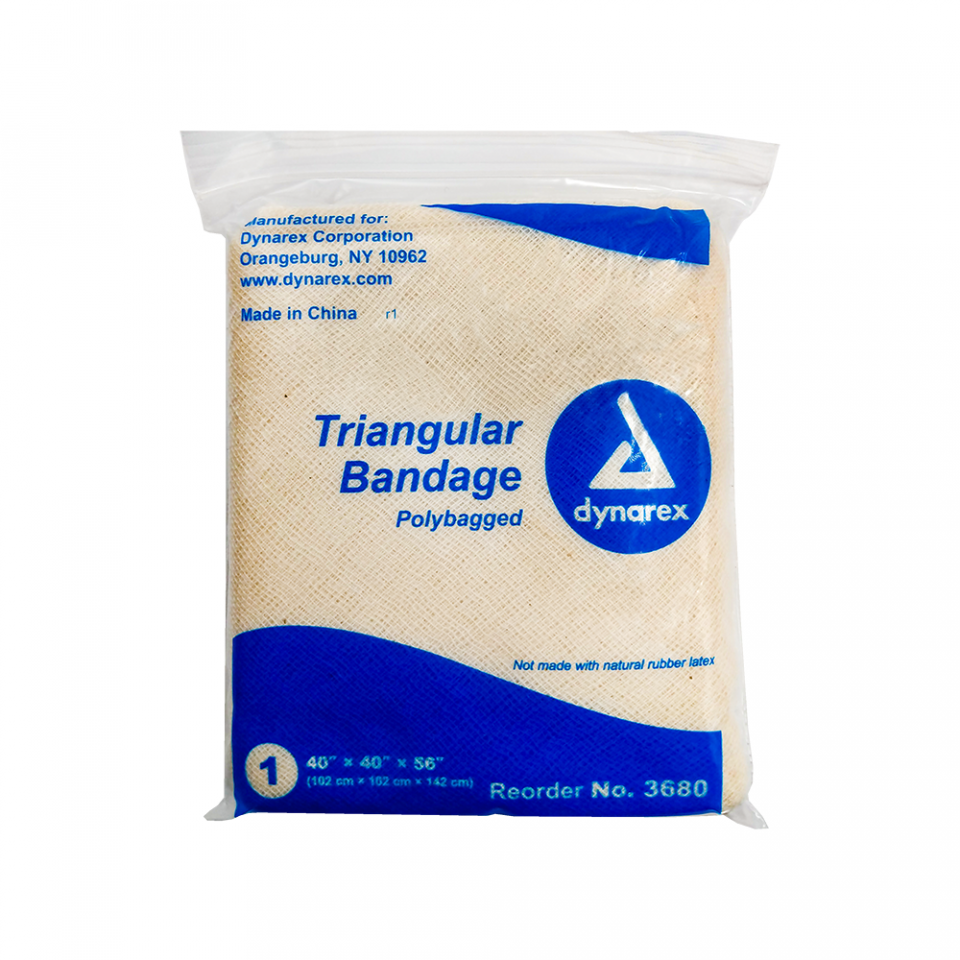
A triangular bandage is a large sheet of cloth in the shape of a right-triangle. These bandages are non-sterile and are not suitable for directly covering wounds. These bandages are most effective when they are used to support a fractured or broken arm. However, their large size also makes them useful for securing dressings over large wounds.
What Are Different Types of Triangular Bandages?
Triangular bandages are an essential part of first aid kits, valued for their versatility in treating a wide range of injuries. They can be applied in different ways depending on the specific needs of the patient. Below are the various types of triangular bandages based on their applications:
- Sling: The most common use of a triangular bandage is to create a sling. In its open form, it supports injuries to the elbow, arm, or, shoulder such as fractures or dislocations, keeping the limb stable during recovery.
- Broad-fold Bandage: This bandage is created by folding the triangular shape twice to form a broad strip. It provides support for larger body areas, particularly for knee injuries or fractures, giving additional stability.
- Narrow-fold Bandage: By folding the broad-fold bandage in half, a narrow strip is formed. This type can be applied to control bleeding or used as a support for lower limb injuries. It also works well as a collar-and-cuff sling for upper body injuries.
- Pad: When the narrow-fold bandage is folded into a compact pad, it can be applied as a dressing for larger wounds. This makes it useful in situations where more substantial wound coverage is required.
- Tourniquet: In cases of severe bleeding, a triangular bandage can be used as a makeshift tourniquet. It helps in controlling blood flow temporarily until further medical treatment can be provided.
- Splint: A triangular bandage can be employed to immobilize broken bones by securing a splint. This function helps prevent further movement and reduces the risk of complications.
How to Use a Triangular Bandage as a Sling
Have the injured person hold the injured arm across their chest at the bottom of the ribcage, or at a slight angle if that is more comfortable. Slide the bandage between the arm and chest. Next place one corner of the bandage behind the neck, one by the elbow. The third corner will then be tied to the first corner. The sling should be tied tight enough to support the weight of the arm. Make sure the bandage keeps the arm at a comfortable level.
How to Use Triangular Bandage for Ankle Sprains?
A triangular bandage can be an effective tool for supporting an injured ankle by creating a sling that helps reduce swelling and improve circulation. To use it properly, begin by folding the bandage into a broad strip. First, fold it in half so the point of the triangle touches the middle of the long edge. Then, fold it again in the same direction.
Once you have a broad strip, use it to support the injured leg. Place the leg on pillows or similar supports, keeping it elevated above the heart. The bandage should hold the leg securely in place, helping to maintain proper elevation for better recovery.
When to Use a Triangular Bandage?
Triangular bandages should be used to support a fracture or broken bone in the arm. Optimally, triangular bandages should be used in tandem with a splint. Using a splint will help ensure the bone deviates as little as possible so it is able to properly heal.
How do Splints Work?
Splints are devices used to immobilize injuries to help reduce pain and prevent further damage. Splints have multiple forms, such as rigid bars of fiberglass, flexible pieces of aluminum, and inflatable plastic. The fiberglass splints provide the most support and stabilization, but are the least comfortable. Aluminum splints provide medium support and are very comfortable. The inflatable splints are the most comfortable but provide the least support. Both fiberglass and aluminum splints are covered in foam to prevent irritation and let the skin breathe, and they need to be secured with tape or other binding.
Types of Fractures
Open Fracture, the bone has broken through the skin.
Closed fracture, the bone is broken but hasn’t broken through the skin.
There are multiple ways the bone can fracture, including greenstick, transverse, oblique, spiral, compression, comminuted, and segmental.
Conclusion
riangular bandages play a vital role in first aid due to their adaptability in various medical situations. Whether used to support an arm, stabilize a limb, or control bleeding, each type serves a distinct purpose that makes it essential in emergency care.
From the simple sling to more complex uses like a tourniquet or splint, understanding how to apply these bandages ensures better injury management. Their versatility allows first responders and individuals alike to provide effective care across different injury types.
In any emergency, knowing the proper way to use a triangular bandage can make a significant difference in recovery and comfort. This guide highlights the key applications, offering clear instructions for handling injuries effectively.
FAQs
Can a Triangular Bandage Be Used for Ankle Sprains?
A triangular bandage can help with ankle sprains by elevating the injured leg, promoting circulation, and reducing swelling. Though not suitable for compression, it serves as part of the RICE method, aiding in proper recovery by keeping the ankle elevated.
How Do You Make an Elevation Sling With a Triangular Bandage?
To create an elevation sling, ask the person to hold their injured arm so the fingertips touch the shoulder. Place the bandage over the arm and tie the ends behind the neck, keeping the arm elevated and secure for proper healing.
What Is the Correct Way to Tie a Triangular Bandage?
The correct way to tie a triangular bandage is by using a reef knot. This method secures the bandage firmly and ensures that it can be untied quickly without causing additional discomfort or pressure on the injured area.
How Can a Triangular Bandage Help With Head Injuries?
A triangular bandage can be applied around the head to secure dressings or apply light pressure. It helps control bleeding from head wounds and keeps bandages in place without excessive tightening, offering support during recovery.

